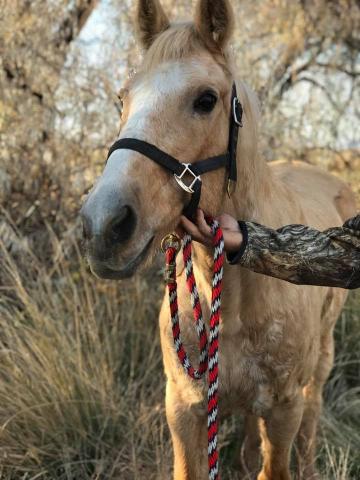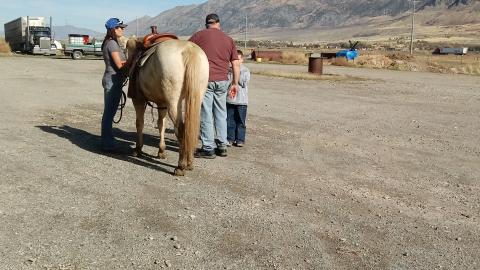

Equine therapy is used particularly with people with ADD, anxiety, autism, dementia, delay in mental development, Down syndrome and other genetic syndromes, depression, strokes, trauma and brain injuries, behavior and abuse issues and other mental health issues.
Equine therapy is also an effective way to teach troubled youth with how they learn, react and follow instructions. For example, some therapists have used the technique of having the student get the horse to move outside of a circle without even touching it. Student tried to clap, yell and whistle but the horse didn’t heed the signal. In the same manner, parents, friends and others who are part of a troubled youth’s therapy program would learn that yelling, clapping and forcing would not be the best way to make the person do something. In turn they are teaching everyone the best way of communication. Horses are the most popularly used animal for therapy, although elephants, dolphins, cats and dogs may also be used. This is because, horses have the ability to respond immediately and give feedback to the rider’s action or behavior. Horses are also able to mirror the rider’s emotions.
Its more than just riding the horse, it starts with brushing and caring for the animal, grooming procedures, saddlery, and basic horsemanship. Safety is the number one priority for all participants—they wear helmets and other protective gear should they fall from a horse during a session.
It has shown to be very effective with patients who manifest depression, attention-deficit, conduct disorders, dissociative disorders, anxiety, dementia, autism, and many other related disorders.
Equine therapy has shown to have many positive benefits some of them include:
This on-the-ground therapy incorporates a connection between troubled humans and highly sensitive animals. "Horses, while they're very large animals, are very vulnerable," . As prey animals, horses are hypervigilant, constantly scanning their environment for potential danger. "People who've experienced trauma can really relate to that," she says.
This is the reason why equestrian therapy has been recognized as an important area in the medical field in many countries. The basis of the therapy is that because horses behave similarly like human beings do in their social and responsive behavior; it is always easy for patients to establish connection with the horse.
Ancient Greek literature mentioned the use of horse-back riding as therapy. In 600 BC, Orbasis documented the therapeutic benefit of horse riding. In Scandinavia, during the outbreak of poliomyelitis in 1946, equestrian therapy was introduced.
The founding of the Community Association of Riding of the Disabled (CARD) started therapeutic riding in the USA and Canada in 1960. It has become a recreational and a motivational activity for the disabled, while at the same time a therapy for them.